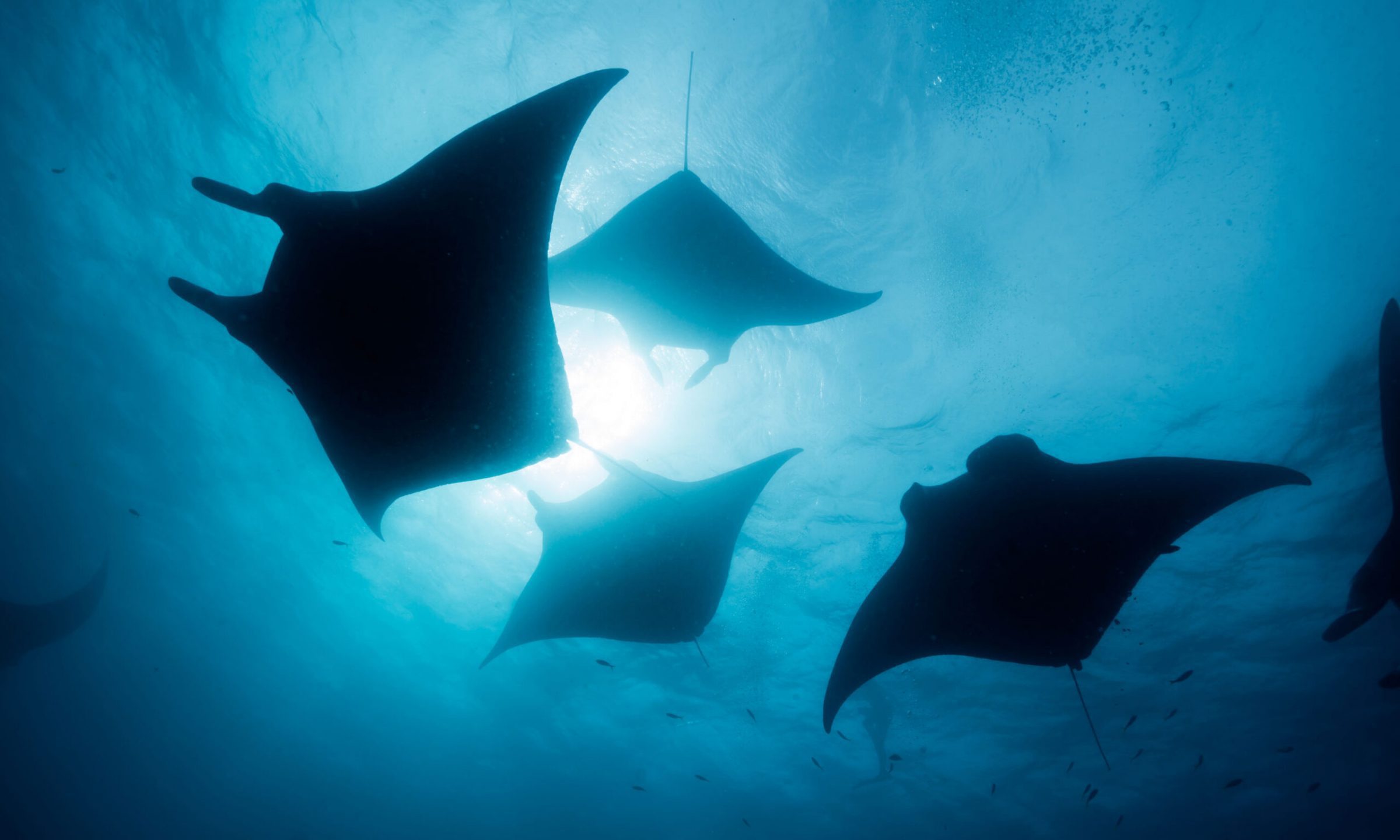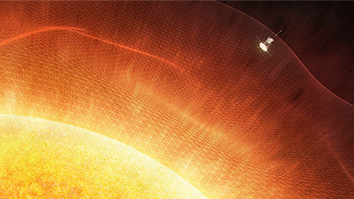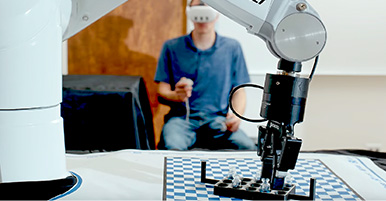
SRI’s Manta system will harness the incredible power of tides and rivers.
The world is not just energy-dependent but energy-hungry. While energy conservation is important, it is clear that as global industrialization accelerates, energy needs will increase for the near future. While solar, wind and waves can supply clean renewable power, none are as reliable as the tides.
SRI International is committed to helping the world meet its energy needs in innovative ways. The institute recently received a three-year, $4.2 million award from the U.S. Department of Energy’s Advanced Research Projects Agency-Energy (ARPA-E) as part of its Submarine Hydrokinetic And Riverine Kilo-megawatt Systems (SHARKS) program. The SHARKS program supports the development of cost-competitive hydrokinetic turbines that generate electricity from ocean tides and river currents.
SRI, in collaboration with the University of California, Berkeley, will use the award to refine and demonstrate the Manta concept. The goal of Manta is to be cost-competitive with all forms of energy while being environmentally, community and business-friendly in its application.
Manta’s underwater kite system seeks to provide a flexible, low-impact solution that local communities can easily maintain and is safe for both human activities and wildlife and compliments existing energy structures.
An economical and environmentally friendly approach
SRI’s Manta system will harness the incredible power of tides and rivers. “In creating the SHARKS program, ARPA-E has recognized that tidal energy is a massively underutilized resource,” explains SRI Principal Research Engineer Roy Kornbluh. “There are terawatts of untapped energy in the world’s oceans, rivers and estuaries waiting to be converted into clean and renewable energy.”
Manta will generate power using an underwater kite to capture the power of water currents, similar to an airborne kite that is lifted by the wind. The name “Manta” was inspired by the graceful movement of manta rays through the water. Manta’s power conversion system is simple and based on a kite payout and reel-in pumping action. Compared to systems that require rigidly anchored rotary turbines, Manta will provide a safe, environmentally and community-friendly power generation.

Manta’s advantage is its ability to produce power with minimal structure and installation costs. The design centers on a relatively lightweight and low-cost polymer composite-coated foam structure that is safe for shared-use and wildlife interactions. Kites can also easily adjust to seasonal or sudden changes in flow, human activity, wildlife activity and sediment transport. This simplified approach affords a more reliable and cost-effective solution than airborne systems, which have historically struggled to reliably produce cost-effective power.
Manta has minimal structural requirements and can be deployed away from the grid. This makes Manta ideal for use in remote locations, such as rural Alaska, and can do away with the expense of tapping into a distant electrical grid network or using diesel generators, which create significant pollution.
A look into the Manta design — what’s new?
The SHARKS project will focus on developing the Manta concept for harvesting tidal power for small-scale remote locations. However, Manta is also scalable, supporting both remote microgrid systems and much larger deployments. Manta can also be adapted to harvest power from rivers without disrupting the natural habitat or requiring the expense and disruption of hydroelectric dams.
Manta uses some impressive new technology to achieve these beneficial results. The power takeoff system (the “generator” that transforms kite motion into electrical current) uses a new SRI-designed transmission system integrated into the kite’s tether. This system allows for a smaller structure that efficiently couples the pull of the kite motion directly to rotary generators. SRI’s novel design allows the generators to spin at higher speeds without needing high-ratio gearing, making for a less-expensive system. The result is that the Manta is both simpler, more compact and more efficient.
SRI’s goal is to enable this technology to achieve commercial use by demonstrating a site-adaptable kite-energy system. Through Manta, SRI will showcase the viability of a system that produces low LCOE (levelized cost of energy) through the efficient generation of electricity from rivers and tides.
The team will continue to apply Manta’s new technology to address multi-faceted challenges, including engaging stakeholders to ensure marine wildlife and human activities, such as fishing or boating, are protected from disruption.
SRI’s Manta system truly represents a transformative technology that checks all of the boxes: economical application, ease to set up and operate, environmentally friendly and scalable. Its system is one that will represent the promise of generating a significant amount of clean and renewable power both for remote underserved communities and to help the world in the fight against climate change.
Learn more about our innovations in climate and sustainability.
References:
U.S. Department of Energy, ARPA-E SHARKS program project descriptions:
https://arpae.energy.gov/sites/default/files/documents/files/SHARKS_Project%20Descriptions_FINAL.pdf
Submarine Hydrokinetic And Riverine Kilo-megawatt Systems



